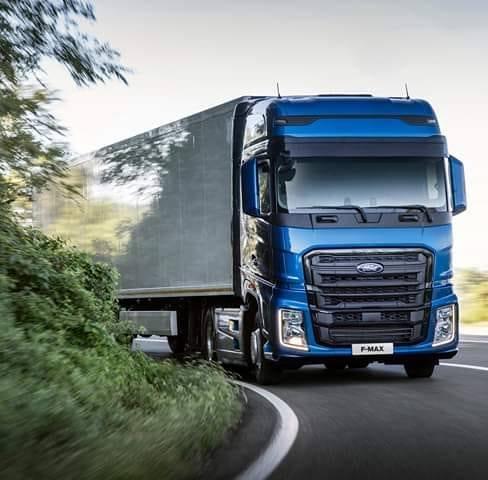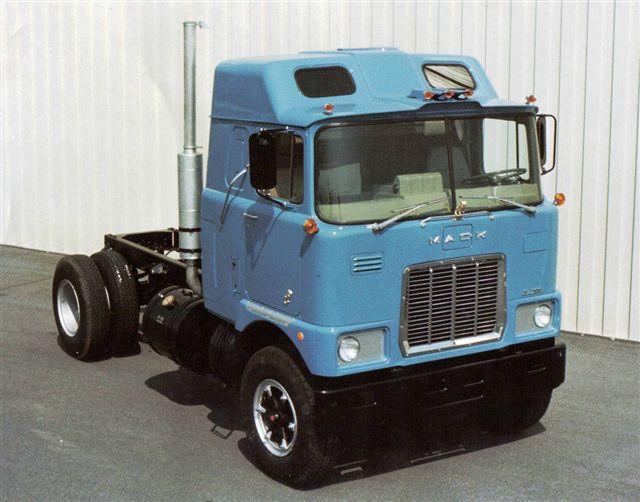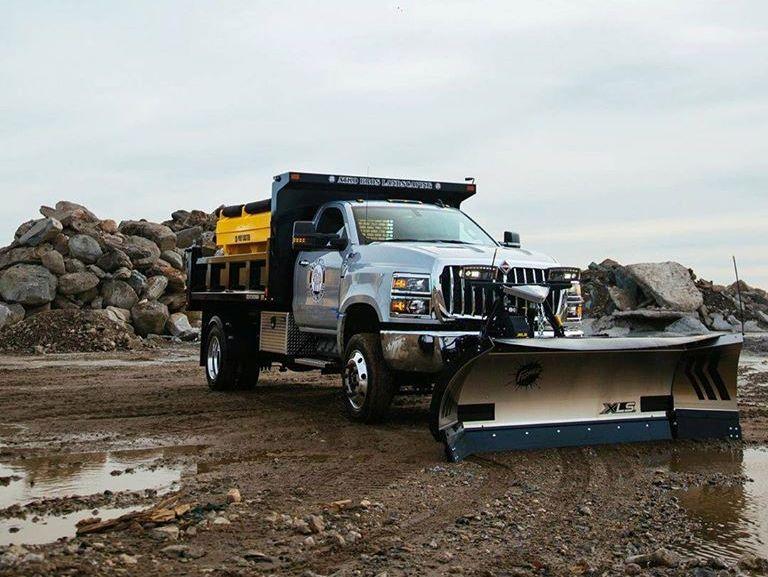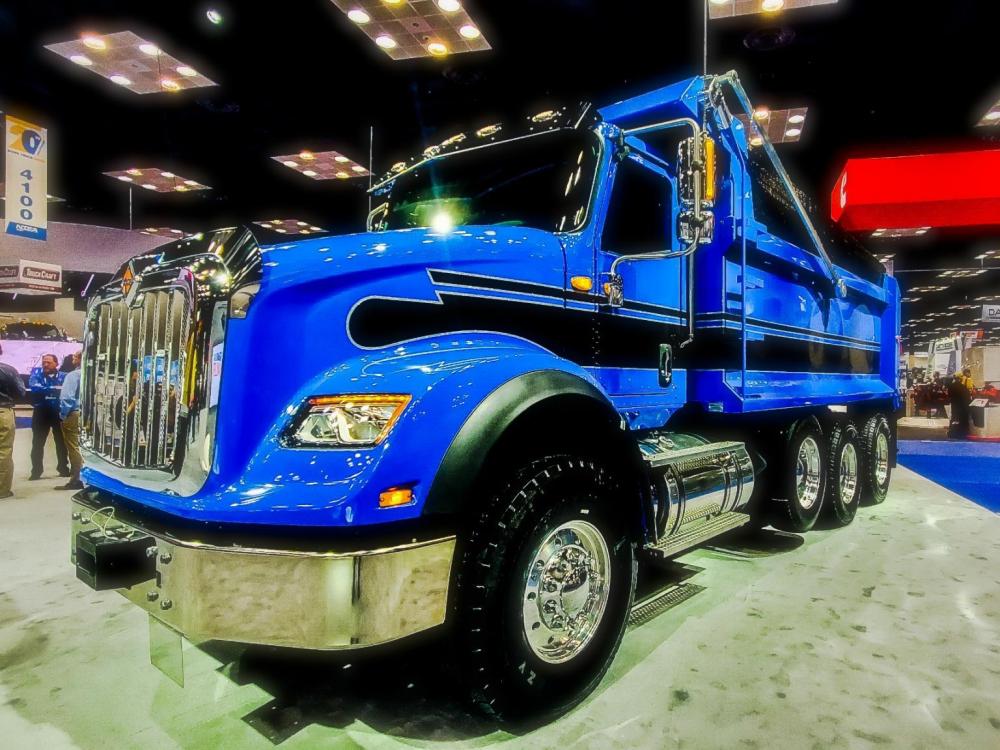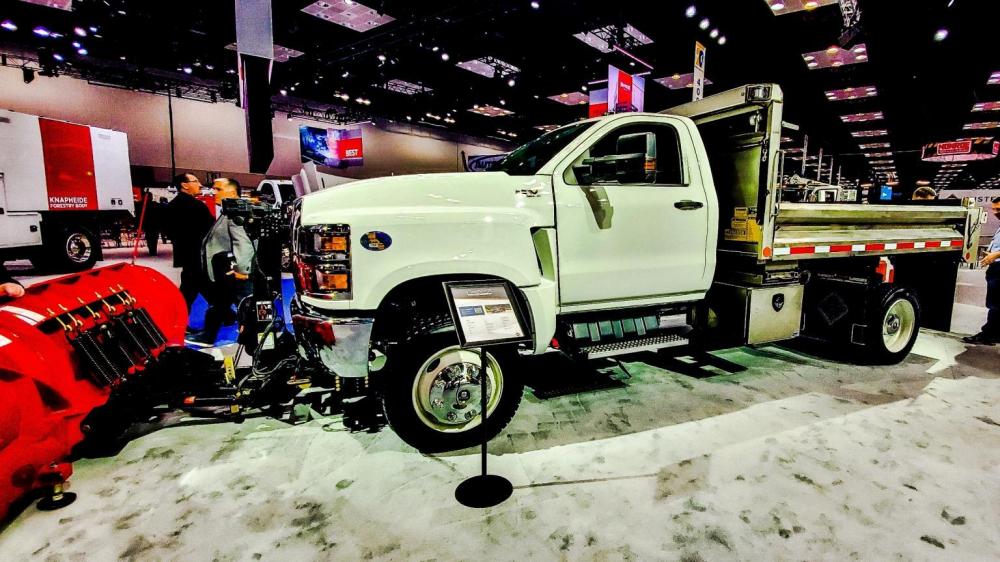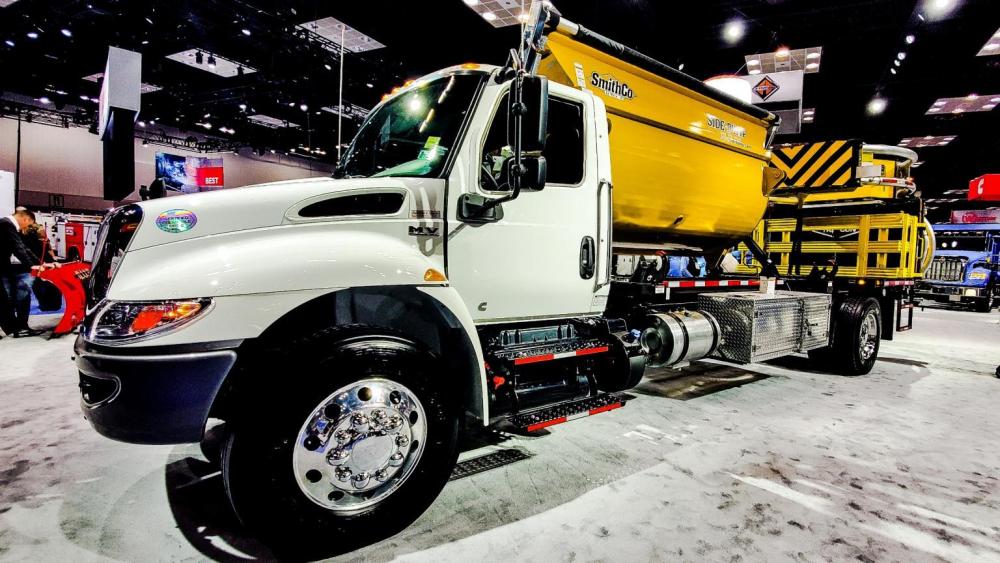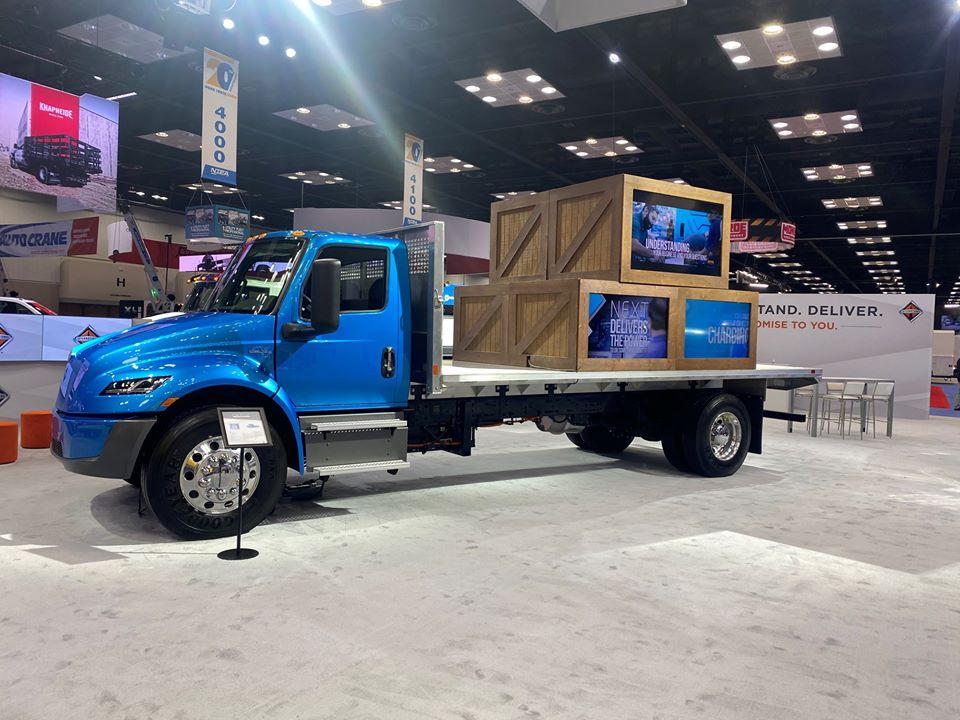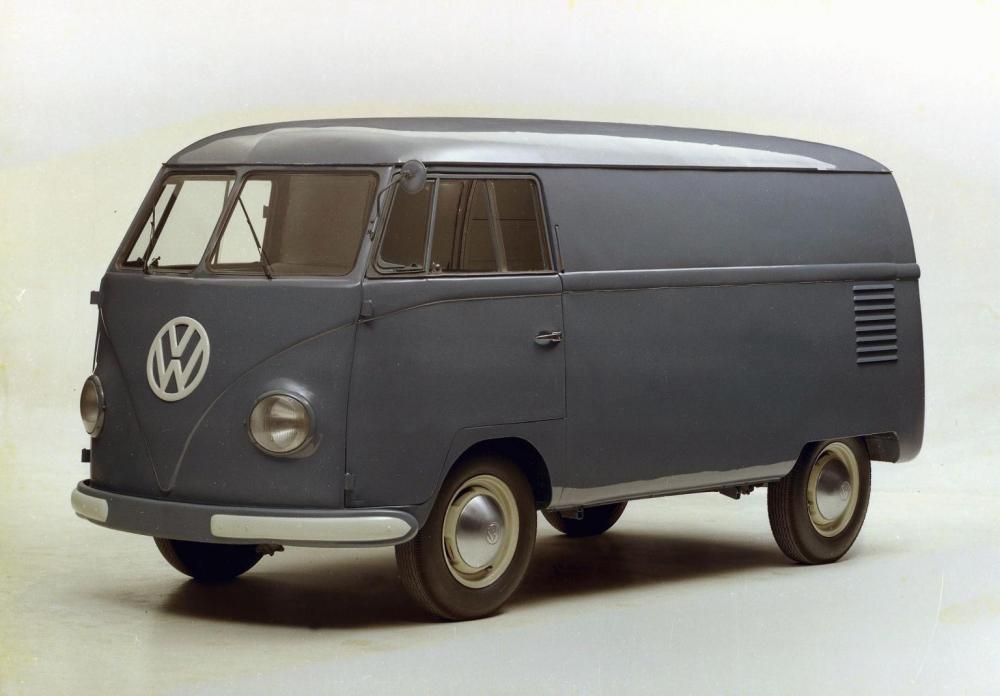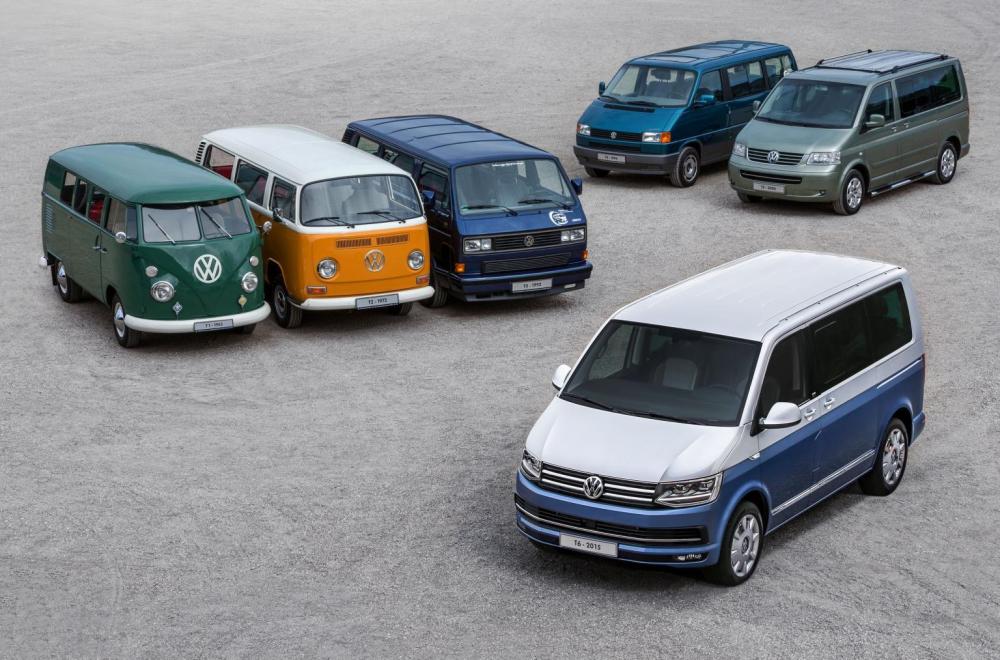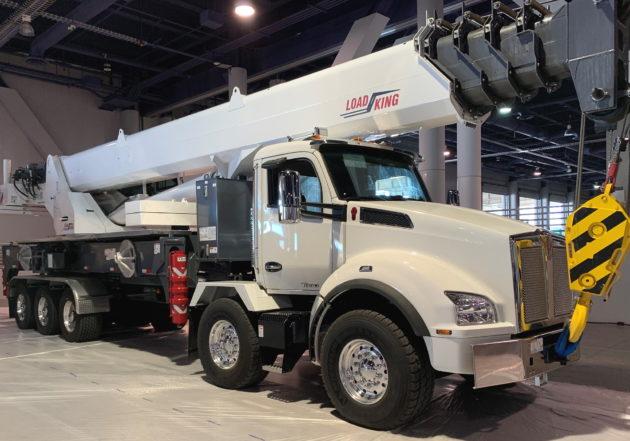
kscarbel2
Moderator-
Posts
18,539 -
Joined
-
Days Won
112
Content Type
Profiles
Forums
Gallery
Events
Blogs
BMT Wiki
Collections
Store
Everything posted by kscarbel2
-
Renault Trucks Press Release / March 2, 2020 . . .
-
Volvo Group Press Release / March 11, 2020 . . . . . .
-
1. It is now said the virus dies out at 77 degrees Fahrenheit ( 25 degrees Celsius) 2. Keeping your throat wet advantageously passes it through your system (which might explain why your supermarket is sold out of beer). 3. The virus was banned from West Virginia, and as a result the US state has no cases (Virginia now regrets splitting apart). . .
-
Sneak Peek: Daimler's New Western Star Vocational Truck
kscarbel2 replied to kscarbel2's topic in Trucking News
https://www.westernstartrucks.com/Trucks/4800/ -
Sneak Peek: Daimler's New Western Star Vocational Truck
kscarbel2 replied to kscarbel2's topic in Trucking News
The 4800 looks like a professional vocational (construction) truck. The only negative is Daimler mistakenly doesn’t offer the Cummins X12 in it. The 4700, with all the gaudy and tacky plastic chrome trim, is based on the “el cheapo” 114SD platform. (If I’d wanted a Freightliner.......) -
Ford Trucks International Press Release / March 13, 2020 Welcome to Ford Trucks Global ! https://www.fordtrucksglobal.com/ .
-
Europe is now the 'epicentre' of the coronavirus (aka. Covid-19) with more daily cases on the continent than China was suffering at the height of its outbreak, the World Health Organisation (WHO) said today. WHO chief Tedros Adhanom Ghebreyesus made the stark assessment today as he lamented the 'tragic milestone' of 5,000 global deaths from Covid-19. He added that Europe now has 'more reported virus cases and deaths than the rest of the world combined, apart from China'. .
-
CNBC / March 13, 2020 Oil prices jumped more than 5% in extended hours on Friday after President Donald Trump said the Department of Energy would purchase crude for the nation's strategic petroleum reserve (SPR). The move comes as U.S. energy companies, and shale producers in particular, have been battered by falling oil prices. On the week oil fell more than 24%, in its largest weekly decline since the financial crisis. "Based on the price of oil, I've also instructed the Secretary of Energy to purchase at a very good price large quantities of crude oil for storage in the U.S. strategic reserve," Trump said as he addressed the nation from the Rose Garden on Friday. "We're going to fill it right up to the top, saving the American taxpayer billions and billions of dollars, helping our oil industry [and furthering] that wonderful goal — which we've achieved, which nobody thought was possible — of energy independence." U.S. West Texas Intermediate crude rose $1.61, or 5.1%, to trade at $33.13 per barrel. International benchmark Brent crude was up $1.71, or 5.1%, to trade at $34.93 per barrel. As of March 6, the SPR held a total of 635 million barrels of crude oil. Its current storage capacity is 713.5 million barrels. That would leave a gap of 80 million barrels that the U.S. could fill. At today’s prices, that much crude would cost taxpayers about $2.6 billion. “It puts us in a position that’s very strong and we’re buying it at the right price,” Trump said. The U.S. established the SPR after the 1973-74 oil embargo to make sure the country had enough supplies if there was another threat to imports.
-
Dr. Marty Makary, a medical professor at Johns Hopkins University, says "we’re about to experience the worst public health epidemic since polio.” “Don’t believe the numbers when you see, even on our Johns Hopkins website, that 1,600 Americans have the virus,” he said. “No, that means 1,600 got the test, tested positive. There are probably 25 to 50 people who have the virus for every one person who is confirmed.” He added: “I think we have between 50,000 and half a million cases right now walking around in the United States.” “Our American hospitals have had very little room to take on increased capacity,” Makary said. “Most ICUs function at full capacity or near full capacity. We only have 100,000 ICU beds in the United States. We could see 200,000 new patients that need critical care up to 2 million.” “We’re watching what’s happening in Italy very closely,” Makary said. “China was not transparent. Iran was not transparent. But Italy has been extremely transparent, and what we’re seeing there is a hospital system that’s entirely overrun, even with the quarantine, which we have not done. So I think we need to prepare for the worst and hope for the best.” That means stopping nonessential activities and travel for as long as needed to contain the spread of the virus, he said, along with working from home. “We’ve got to abandon this idea that this virus is contained,” Makary said. “It is at large, and assume it’s on every door handle and on every car door and with every handshake.” https://finance.yahoo.com/news/marty-makary-on-coronavirus-in-the-us-183558545.html
-
I hope this virus goes away, as SARS did, when warmer summer weather arrives. And like SARS to date, does not return.
-
Speaking of "handling it properly"........ Why are US health officials working in secret on the Coronavirus, rather than openly for their employers – the American people? Since when is your health classified information? --------------------------------------------------------------------------------------- Government officials respond to Reuters report on secrecy of coronavirus discussions Reuters / March 13, 2020 WASHINGTON - The head of the U.S. Centers for Disease Control and Prevention testified on Thursday on Capitol Hill that public health officials discussed coronavirus information in classified rooms on occasions “too numerous to count.” On Wednesday, Reuters reported that the White House ordered federal health officials at the Department of Health and Human Services (HHS) to treat top-level coronavirus meetings as classified. The officials said that dozens of such discussions have been held since mid-January in a high-security meeting room at HHS, which oversees the CDC. The Reuters story focused on meetings at HHS that sources said were held in a SCIF (sensitive compartmented information facility). SCIFs are intended to be used for classified matters. The sources, who all spoke on condition of anonymity, said they could not describe the interactions in the SCIF because they were classified. But they said topics included the scope of the outbreaks, quarantine issues and travel restrictions.
-
Jack Roberts, Heavy Duty Trucking (HDT) / March 12, 2020 Daimler subsidiary Western Star has a new vocational truck coming soon. But you won’t be able to see the fully revealed vehicle until this summer. At the Conexpo-Con/Agg construction trade show in Las Vegas, Nevada, March 9-12, Western Star gave attendees a sneak-peek at the new truck, which it said draws upon Daimler Trucks’ global engineering resources for the new design. “When developing new products, we first evaluate what our customers need, and apply our vocationally focused design and development expertise together with our global technology and engineering resources to create a solution that will benefit our customers’ profitability,” said David Carson, senior vice president, vocational sales and marketing, Daimler Trucks North America. “We’re deeply committed to the vocational market and are looking forward to adding the toughest Western Star yet to our portfolio.” The new Western Star truck is part of parent company DTNA’s recently announced segment strategy to deepen its focus on segment-specific needs, Carson noted. The new structure strengthens DTNA’s customer- and application-focused commitment to vocational customers, he said, while the new truck leverages the global design and engineering resources of Daimler. In 2019, Western Star introduced an enhanced version of its best-selling truck model, the 4700, which includes updates such as a refreshed interior, more powertrain options, additional body-builder-friendly features, and new active safety features. Western Star recently built its 200,000th truck, and its newest truck will continue Western Star’s emphasis on productivity, driver comfort and safety, while retaining the distinctive styling of a Western Star truck, according to company officials. Video - https://www.westernstartrucks.com/TheNext/Default.aspx
-
I am not suggesting this news coming out today is the truth. I would only suggest that the full truth behind the virus is unknown to us. ------------------------------------------------------------------------------------------------- A prominent Chinese official has promoted a conspiracy theory that the United States military could have brought the novel coronavirus to China -- and it did not originate in the city of Wuhan, as thought. Foreign Ministry spokesman Zhao Lijian republished a video of Robert Redfield, the director for the US Centers for Disease Control and Prevention (CDC), addressing a US Congressional committee on March 11. In the clip, Redfield said some influenza deaths in the US were later identified as cases of Covid-19, the disease caused by the novel coronavirus. Redfield didn't say when those people had died or over what time period, but Zhao pointed to his remarks in support of a growing conspiracy theory that the coronavirus did not originate in Hubei province in central China. "CDC was caught on the spot. When did patient zero begin in US? How many people are infected? What are the names of the hospitals? It might be US army who brought the epidemic to Wuhan. Be transparent! Make your data public! The US owes us an explanation!" the Foreign Ministry official said. Hundreds of athletes from the US military were in Wuhan for the Military World Games in October 2019. https://www.dvidshub.net/feature/2019MilGames .
-
Volvo has created the smartest VHD ever so as to meet your toughest demands, and yet nobody here seems to appreciate it.
-
-
Ford plans sweeping dealer closures in Europe to accelerate rebound Nick Gibbs, Automotive News / November 12, 2020 Ford's plan to shrink its European retail network to help the unit return to profit in the region will result in deep cuts to its dealers, particularly in the U.K. Ford of Europe President Stuart Rowley declined to say how many dealers will be slashed. “It will be appropriate for the market,” he told Automotive News Europe. Up to 180 of the 400 dealers in the U.K., Ford's biggest market in Europe, are at risk of closure. Cutting the number of dealers will improve profitability at Ford, Rowley said. “There is obviously a lot of cost wrapped up in the distribution network and that ends up in the price of the vehicle or coming out of profit,” he said. “We want to make the network more efficient.” He also believes the reduction will help Ford’s retailers. “Our dealers are private investors who expect a return on that capital,” Rowley said. The overhaul of Ford’s European distribution network will include an accelerated shift toward online sales in reaction to changes in consumer demand. “The retail world is changing,” Rowley said. “We think over time we will have fewer [dealer] owners and fewer physical sites.” The roll out of Ford's online sales system in Europe will coincide with the launch of the Mustang Mach-E electric crossover, which arrives later this year. “All of us now expect to transact much more online,” Rowley said. “Customers want to be able to order their vehicle online. They want to pay for it online. They want a single interface.” Ford said that 90 percent of the U.K. population would still be able to reach one of its dealerships by car in 30 minutes after the reduction. Ford is looking to switch some dealerships to service-only centers as part of the European network overhaul, Rowley said. The automaker is also looking to focus more on dealers that specialize in selling the brand’s successful family of Transit commercial vehicles with an emphasis on servicing. “This is effectively somebody's business and livelihood. So our objective is to have them on the road faster,” Rowley said. The new Transit centers wouldn’t have to follow the location strategy as car dealers. “They don't necessarily need to be a nice glass box in that certain part of town,” Rowley said. “They may need more space because they might want to have a much more complex product offer.”
-
General Motors copied their sliding van door design from Volkswagen. I know the dealer who provided GM engineers with a VW bus.
-
If the cab was proportional in size to the hood, it would look better. And with a proper cab, the driver would sit higher, for better visibility over that hood. I wish the hood wasn't so bulbous.
-
Allison Ends TC10 Transmission Production Jim Park, Heavy Duty Trucking (HDT) / March 11, 2020 Allison Transmission has ceased all new production of the TC10 Series transmission. Allison says it will continue to offer a TC10 Series ReTran product to service units requiring transmission replacement. "Although we have decided to discontinue new unit production of the TC10, the promise to our distributors and customers remains the same," said Claire Gregory, Allison Transmission's director of communications and media relations. "Throughout our more than 100 years of business, we have introduced and sunset products, yet we continue to provide world-class customer support. The TC10 was introduced in 2011 and brought to market in 2012 as an alternative to competitive automated manual transmissions. It offered continuous torque to the drive wheels even during upshifts through a torque converter and twin countershaft gear box by alternating torque flow along the counter- and main-driveshafts. It was billed as fully automatic, offering smooth, seamless shifting through 10 gear ranges for optimized acceleration and fuel economy. The TC10 was targeted at distribution applications where tractor-trailers splits work cycles between city and highway conditions. Allison added its FuelSense fuel-efficiency package in 2014, an update that automatically adapted shift schedules and torque to maximize transmission efficiency based on load, grade and duty cycle. It was upgraded it in 2017 to FuelSense 2.0, introducing DynActive Shifting. Meanwhile, Allison recently unveiled the 3414 Regional Haul Series (RHS) transmission – an up-rated version of the established 3000 Series. It has a dual personality of sorts, with shift schedules suited to mixed duty cycles for fleets that cover city routes on one shift and turn to regional use during a second shift. On top of that, Allison has said it plans to release a 9-speed transmission in 2022 for the medium duty market. "As you look to 2024 and 2027, emissions standards are getting stricter, even for medium duty trucks," said Branden Harbin, Allison's manager of global marketing. "The OEMs are asking for help meeting those standards, and the new transmission will do that." Harbin wasn't willing to share too much more about the transmission, so we'll have to wait and see what additional tricks Allison has up its sleeve. .
-
- 1 reply
-
- 1
-

-
Volkswagen Commercial Vehicles / March 8, 2020 It's March 8, 1950, the first Type 2 (aka. Transporter, Bulli) rolls off the assembly line and a cult model is born... Today, we celebrate 70 years of the Transporter production! And we break records: our van is the longest built commercial vehicle in the world. Seventy years ago, the world's bestseller took to the road - to date, the first model has been followed by more than 13 million others in six generations. Companies trust it and families drive safely through everyday life. What was new at the time, is now indispensable. We say: Happy Birthday, "Bulli bus"! .
-
Heavy Duty Trucking (HDT) / March 10, 2020 Kenworth introduced a new, factory-installed twin steer configuration for its T880 with set-back front axles, suited for crane, mixer and other vocational applications that require 86-inch axle spacing to meet local bridge laws and enhance overall load carrying capacity. The Kenworth T880 Twin Steer provides 40,000-pound-rated front axles, springs and steering gears. The front suspension is equalized between the front and rear steer axles for improved driver comfort and payload distribution. Both the Paccar MX-13 engine, rated up to 510 hp and 1,850 lb-ft of torque, and the Paccar MX-11 engine with up to 430 hp and 1,650 lb-ft of torque, are available with this new configuration. The T880 Twin Steer comes standard with a 116.7-inch-BBC short hood optimized for the Paccar MX engine family. The 122.6-inch standard BBC hood is an option for the Paccar MX-13 and the optional Cummins X15 engine. The new package also includes aluminum fenders over the second axle and step-between axles for cab access. Battery box choices include parallel between right-hand steer axles with up to three batteries, in-cab, or any back-of-cab option. A back-of-cab vertical DPF/SCR exhaust system is required with the Paccar MX-13 and Paccar MX-11. .
BigMackTrucks.com
BigMackTrucks.com is a support forum for antique, classic and modern Mack Trucks! The forum is owned and maintained by Watt's Truck Center, Inc. an independent, full service Mack dealer. The forums are not affiliated with Mack Trucks, Inc.
Our Vendors and Advertisers
Thank you for your support!



